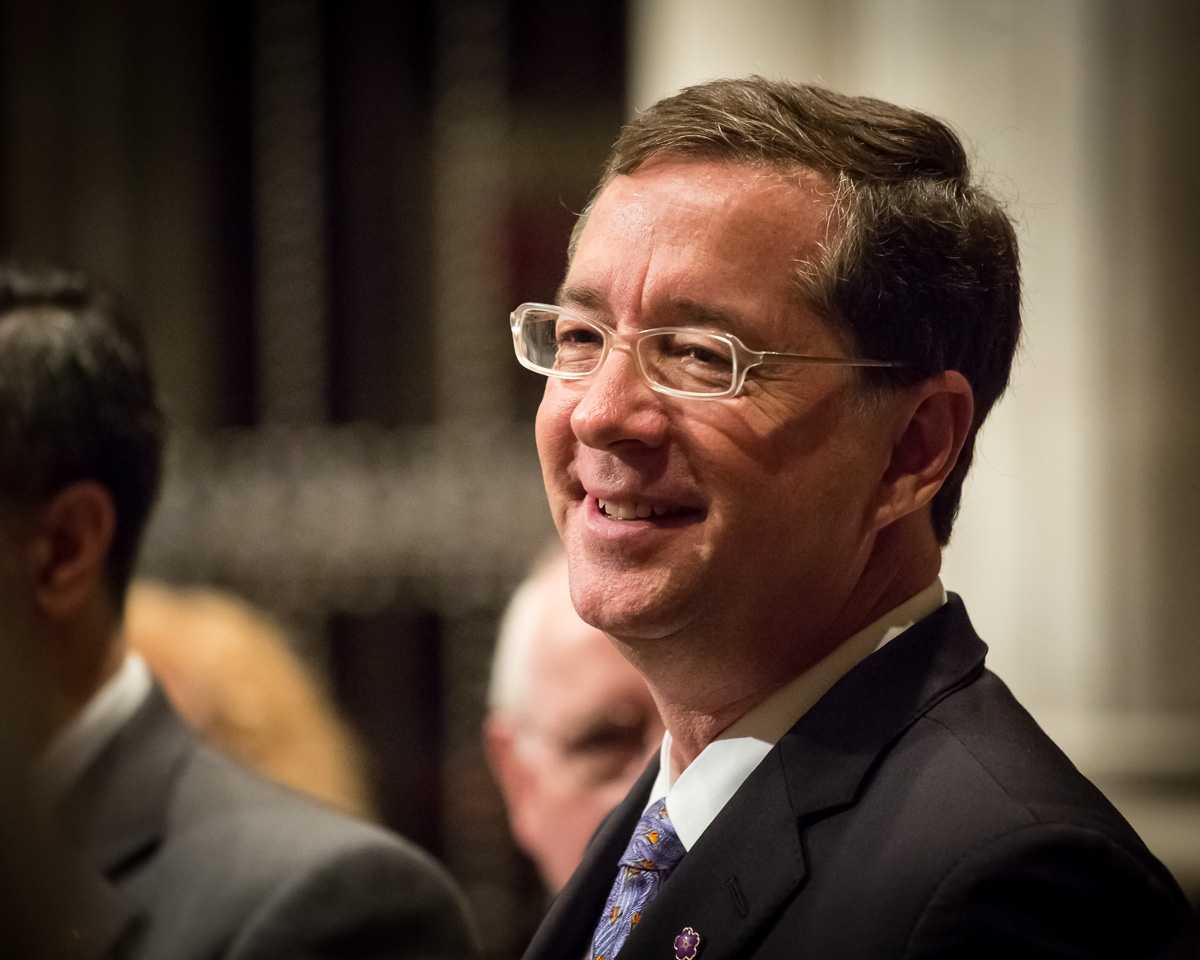 From Jim:
From Jim:
Last week, I participated in the Faith Table retreat in San Diego, CA with some 40 other Christian leaders including many friends. NCC leaders present included the Rev. Dr. Jeffrey Haggray, Diane Randall, Rev. Karen Georgia Thompson, and Rev. Dr. Leslie Copeland-Tune. Rev. Jim Wallis of Sojourners organizes the retreat annually. This year we visited the US-Mexico border and were hosted by numerous activists, including several “Puentes,” or bridge-builders.

The Puentes are young Hispanic evangelicals committed to Christ, social justice, and immigration reform. They led us into Tijuana where we visited Iglesia de Todas Las Naciones, a Disciples of Christ congregation led by Pastor Lupita Castillo. Rev. Castillo’s church has been ministering to those who are migrating in the caravans from Central America.
We also met with Rev. Alejandra Ortiz who has been leading students and staff from Mexico and the US in learning ad exposure projects to understand more about life in the board region. Her husband, Dr. Abdiel Espinoza, gave us an excellent lecture on the history of US-Mexico relations.
I could describe other experiences and meetings we had in Tijuana, including worship at the border fence there (you cannot get close to the fence on the US side due to the heavy militarization created around it by our government), but on this my third visit to the border in Tijuana I once again experienced both hope and despair. My hope is based on the resilience and beautiful spirit of those working for justice and peace; my despair can be attributed almost wholly to the cruelty and injustice created by my own country.
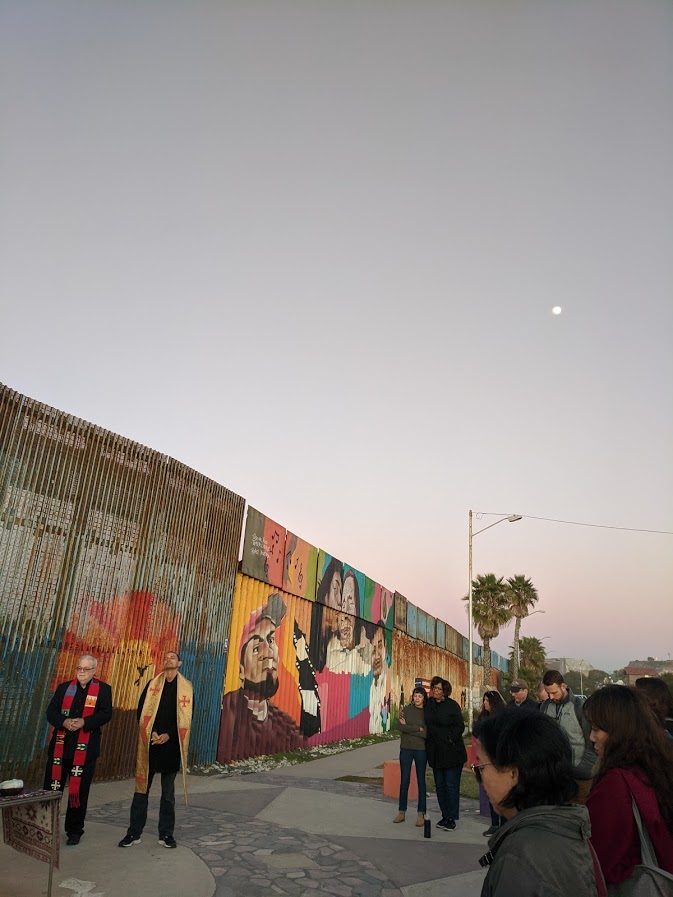
I have had similar experiences at the Berlin Wall in the 1980s and the Separation Wall constructed by Israel. Those walls and the one on the border with Mexico have been erected because of failure—failure of imagination, of courage, of faith.
The president insists he is going to build a beautiful wall at the border and maybe he will. The models of the wall that he has shown us don’t look attractive to me and the wall in Tijuana is downright ugly and scary and heavily militarized.
But the worship service we shared at the wall was beautiful. It gives me hope that we can find the proper tension between security and hospitality; but to get there we will have to do more for those our sisters and brothers, children of God, to find a better life.
I’m grateful that our new Chief Operations Officer, the Rev. Dr. Leslie Copeland-Tune, was able to be with us at the border. She shares her experience below.
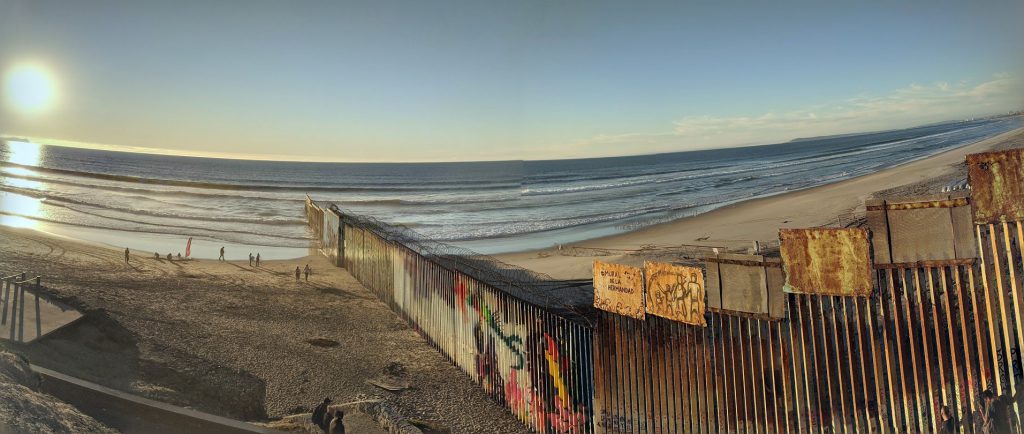
From Leslie:
My soul was vexed as I looked at the border wall that stretched for miles before me. It seemed to just pop up as we were driving, breaking up what is a beautiful landscape. As we made our way to Playas, El Muro/The Wall for a service on the Mexican side of the border, I was surprised to see that the wall actually extends into the water – not so far that you couldn’t swim past it, at least on the surface, but far enough to disrupt and dissuade anyone from daring to cross that way. It’s as if the beauty of God’s creation has been rudely interrupted by the vain imaginations and selfish ambition of human beings. And, everything about it is wrong.
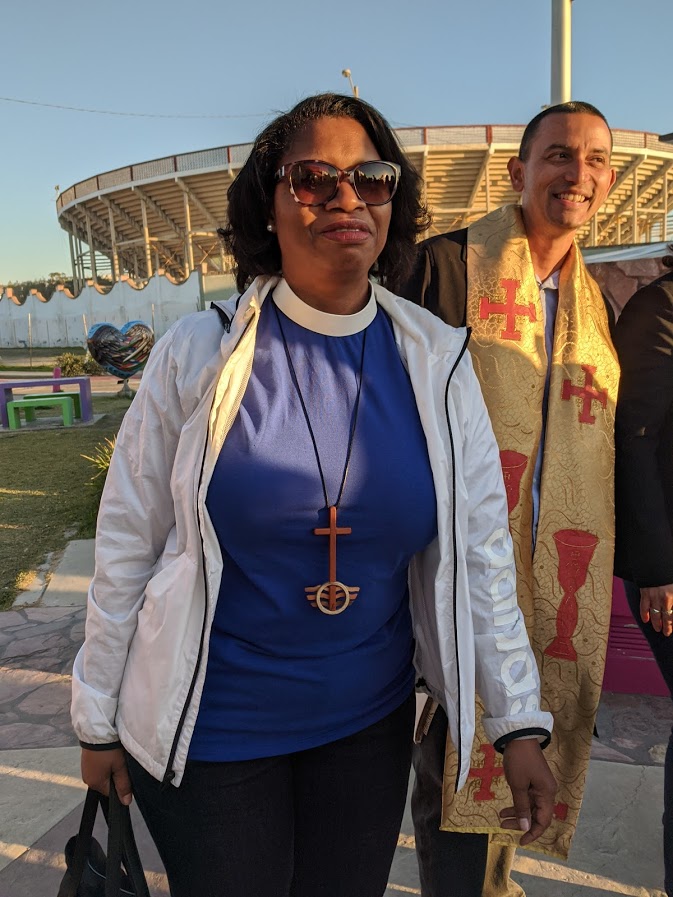
I visited the border with a group of faith leaders who, like myself, were there to listen, encourage, offer support and bear witness to what is happening. A week later, I am still processing my experience. There was so much to absorb – stories of hope and resilience, heartbreak and disappointment, frustration and anger. Through it all, churches there are doing the important work of ministering to those who are fleeing violence and extreme poverty in search of a better life for themselves and their families.
The ministry support given by the churches we visited is amazing and almost miraculous. We talk about being the hands and feet of God in this world. They are doing the work! These churches, which by American standards have limited resources themselves, are witnessing to the power and love of God by providing shelter, food, clothing, and job leads with those seeking asylum in the U.S. They are ministering to those whose applications have been rejected and helping them find encouragement, employment and think through their next steps. They are journeying with God’s people through one of the most tumultuous times in their lives. They are being the church.
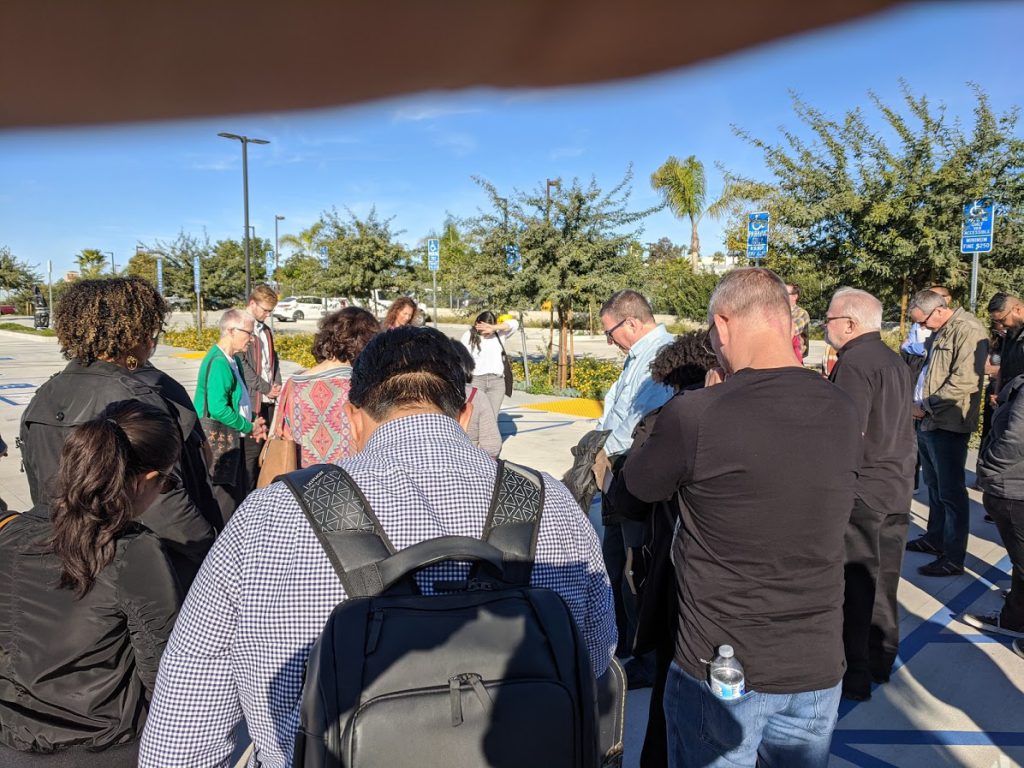
As an African American hearing the stories of the “Brown Church,” I couldn’t help but be struck by the parallels of our journeys and struggles for freedom. I had profound sadness and palpable anger at the evil that racism and white supremacy have unleashed on Black and Brown people. It remains mind-boggling, heartbreaking and infuriating at the same time.
Yet, witnessing what the churches are doing and hearing the stories of resilience, determination, and resistance, gave me hope. The beautiful art along the Mexican side of the border wall (the American side is bare), reminded me of African Americans’ depictions of racial injustice in America. The art is another sign of resistance, resilience and hope – hope for a better tomorrow. Hope for more than the reality that is before me. Hope that my children and my children’s children will have a brighter future. Indeed, at the border, I saw hope embodied in the people — and it renewed my own.
I wonder what history and heaven will record about American churches during this time period? Will we collectively be found as faithful to the Gospel message as these churches in Tijuana, Mexico? Will we be the church? Will we be disciples of Jesus, spreading the Gospel with our actions, not just empty words? I certainly pray that we will be. Right now, we have our work cut out for us.
